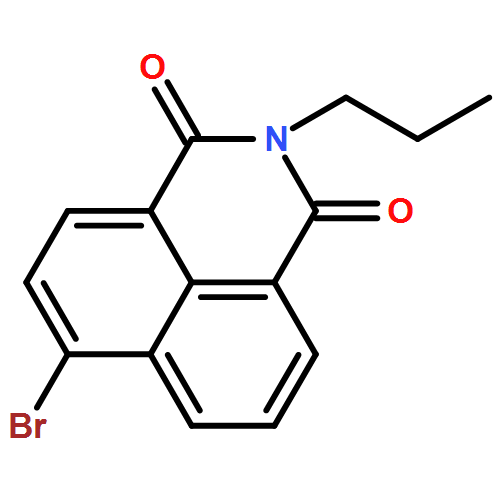Co-reporter: Jin Chen, Lingyu Zeng, Tian Xia, Shuang Li, Tengfei Yan, Song Wu, Guofu Qiu, and Zhihong Liu
pp: 8052
Publication Date(Web):July 22, 2015
DOI: 10.1021/acs.analchem.5b02032
Malondialdehyde (MDA) is a significant biomarker of oxidative stress. Variations of MDA level in biological systems often represent pathological changes that are related with many types of diseases. Although a variety of techniques have been developed for MDA detection, the probing of this biomarker in living cells remains unexplored. Herein, we report a turn-on fluorescent probe, MDAP-1, with a synergistic photoinduced electron transfer (PET)-hydrogen bonding mechanism, which for the first time realizes MDA sensing under physiological conditions with excellent sensitivity and specificity. The probe responds to MDA with a fluorescence enhancement factor (FEF) of up to >170-fold and a large Stokes shift (∼180 nm). Further biological evaluations show that MDAP-1 is able to detect both endogenous and exogenous MDA in living cells. It can be used to track the generation of MDA under oxidative stress, as stimulated by H2O2. We believe the results of this work will be helpful to the studies of MDA-related biological events and the elucidation of the underlying pathological mechanism in the future.
